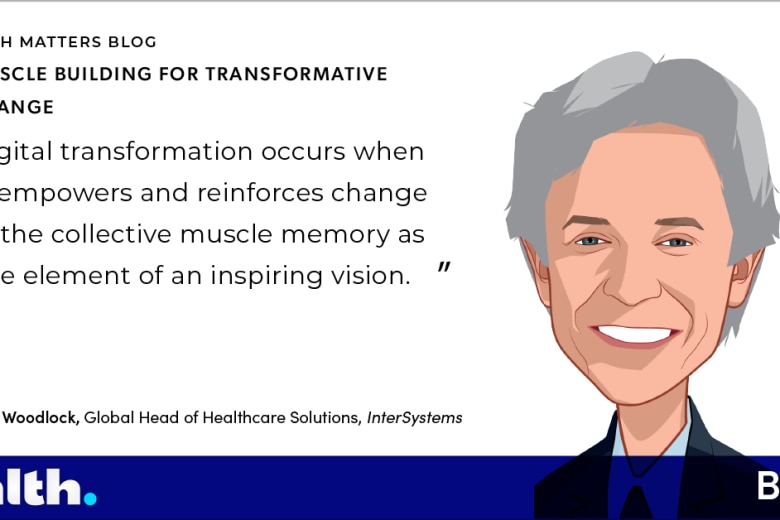Have you ever gone looking for a new healthcare provider? I have, and it fills me with dread. First, it means a new relationship with someone who will be taking care of me and my health. Often it means that someone I have trusted is leaving and I need to find an adequate replacement. And as much as leaving an old provider is difficult, finding a new caregiver can be even harder. I usually start by asking someone I know, like another healthcare professional, for a recommendation or referral. But sometimes, it comes down to searching the “find a physician” site – the “provider directory” -- of my favorite health system, or my health plan.
So I’ve done just that – I’ve gone to the site of a large academic medical center, searched for a PCP, and found a lot of options. However, the site doesn’t tell me if the provider I like is accepting new patients OR if they accept my insurance. My health plan’s website, has a great search function. But too often, the caregiver I’ve located on the health system site turns out to be in my insurance network, BUT, not accepting new patients.
I have been researching the issue of Provider Directories for almost 4 years now. What surprises me is that although this is a hot topic nationally, no one has fixed the problems. There has been talk about a national provider directory, and certainly there is the NPPES (National Plan and Provider Enumerations System) database managed by CMS which should contain some basic information about a provider, but the data there is not very accurate. Further, a national provider directory isn’t very practical.
I think the problem is twofold:
First, providers work locally; keeping their information up to date on a national level doesn’t really meet the needs of a patient in a particular geographic area. Maintaining that would be onerous. Furthermore, CMS doesn’t have any interest in maintaining data (nor does it have data) about a provider’s relationship with a local health plan.
Second, and more importantly – providers change their information all the time. Nationally, 25% of provider data changes annually. That’s a lot of change to keep up with.
Let me give you a specific example: One of my providers practices in an outpatient clinic associated with a large academic medical center. He sees patients at two locations and accepts a number of different insurance plans. However, once a week he practices at a Federally Qualified Health Center and accepts Medicaid at that location. That’s a lot of information for a given point in time and I know that his information changes a lot because I have been his patient for many years.
My point here is that this is not an easy problem to solve. This is another case where payers and providers need to collaborate, work together and make it easier for everyone including their patients. Provider Directories need to be maintained locally and both payers and providers need a good system for mastering their provider data.
If the provider or IDN has a Golden Record, a unified, mastered, single-source of truth, for their provider information, it:
- helps patients find providers,
- helps refer patients to in-network providers,
- allows care team to be associated with patients, and even better –
- provides good quality data to send to their payers.
For payers, a Provider Directory can:
- manage data from their large provider network,
- inform members how to find providers, and
- streamline internal operations.
Not to mention, it helps payers avoid fines and penalties.
Finally, the new CMS interoperability rule requires certain government funded payers to make data from their provider directories available through FHIR APIs, and providers participating in Medicare to provide updated inform to the NPPES. Now is the time for organizations to find solutions that help them maintain a good, high quality provider directory. It would certainly make my life as a patient easier!




































